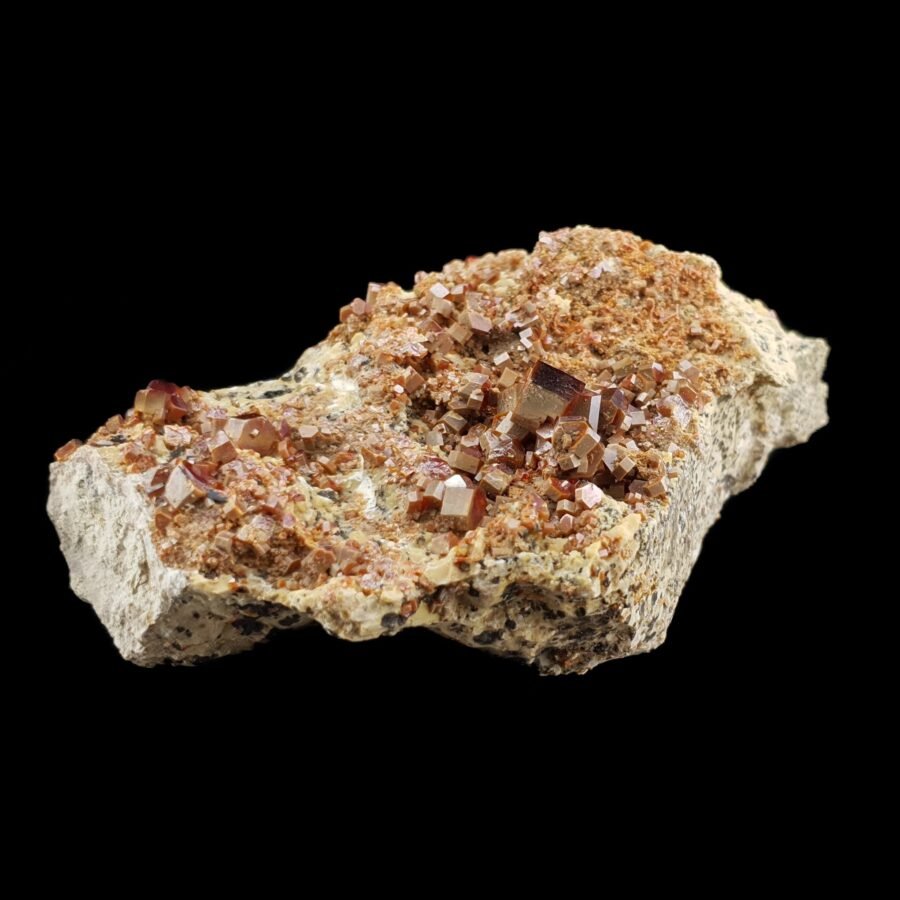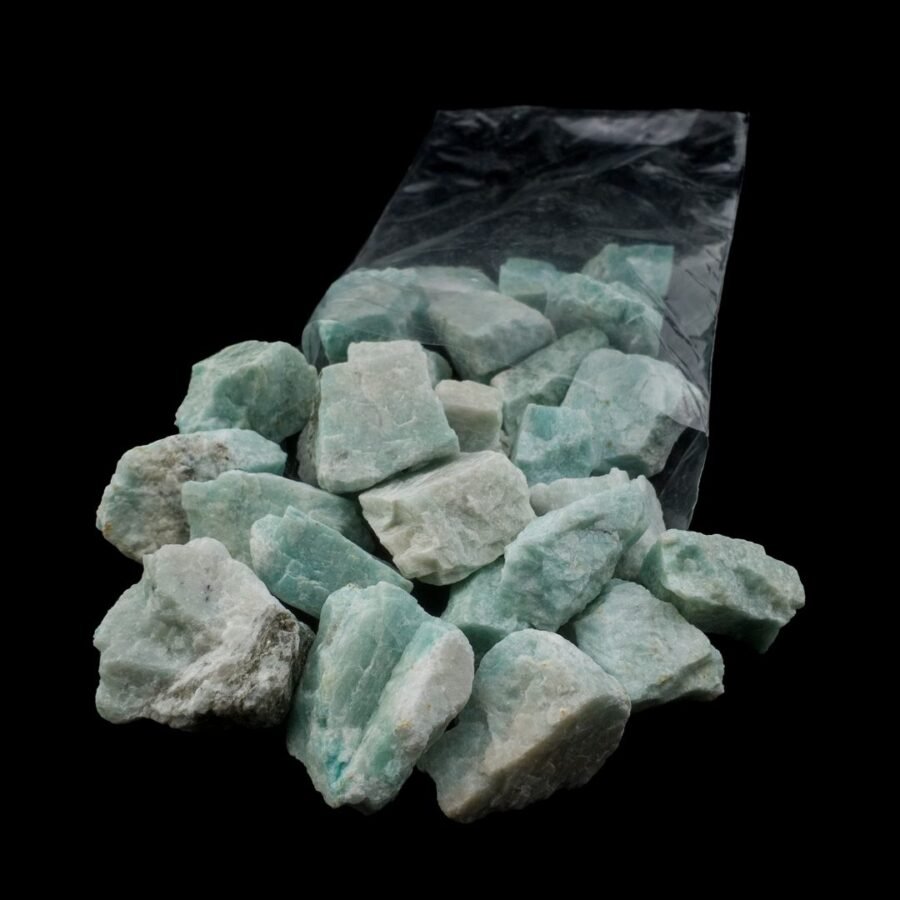Stilbite:
Stilbite is a mineral belonging to the zeolite group, widely found in various parts of the world. Its name is derived from the Greek word “stilbein,” meaning “to shine” or “to glitter.” Stilbite crystals are typically either transparent or translucent and can exhibit various colors, including white, yellow, pink, and brown.
There are two main varieties of Stilbite crystals known: Stilbite-Ca, which contains calcium, and Stilbite-Na, which contains sodium. These crystals often appear in needle-like or grouped shapes and are frequently found in areas where volcanic activity has occurred.
Heulandite:
Heulandite is a mineral belonging to the zeolite family. Its name originates from Henry Heuland, an English collector and mineralogist from the early 19th century. Heulandite is commonly found in cavities of volcanic rocks and is widespread in the United States, India, Brazil, and other regions.
Heulandite crystals are often found in two forms: heulandite-Ca and heulandite-Na. These two types of heulandite differ in their chemical composition, containing either calcium (Ca) or sodium (Na).
They are typically colorless or light gray but can sometimes exhibit shades of yellow, brown, or green. The crystals often have a needle-like or slimy appearance and usually form in hollow rocks where hot steam and gases react with the surrounding rock.
Heulandite has good transparency, beautifully reflecting sunlight or artificial light sources. The crystals have a unique, geometrically arranged structure, attracting many enthusiasts in the fields of collecting and jewelry making.














